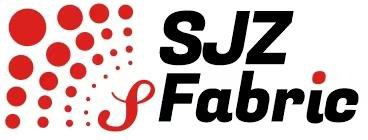Expensive fabrics are the hallmark of grace, workmanship, and luxury in the textile industry. These materials are not just threads woven together; they are symbols of status, history, and innovation. From the soft whisper of silk against the skin to the insulating warmth of rare wools, expensive fabrics have captivated humanity for centuries. Understanding the correct luxury materials will assist in selecting good quality that suits the intent and prestige. Be it design, fashion, or collection, knowledge of these fabrics will help make informed choices. In this article, you will examine the 15 most expensive fabrics in 2025, their sources, feel, prices, and their special features so that you know what is considered a genuine luxury in each thread.
What Makes Fabrics Expensive?
Expensive fabrics often originate from remote regions or require unique natural resources. For instance, some are derived from animals that live in harsh environments, producing limited quantities of fiber each year. Others involve intricate handcrafting techniques passed down through generations. In today’s market, these fabrics can command prices that rival fine jewelry or artwork. A single yard of the most premium material might cost thousands of dollars, making them accessible only to the elite or used in high-end fashion and home decor.
Due to the scarcity of raw materials and sources, fabrics become costly. You see the fibers such as silk or vicuña are difficult to find. More value and accuracy is added by complex weaving and hand-spinning methods. Craftsmanship is done to perfection. The luxury brands also increase the price by exclusivity and reputation. You also have the situation of the demand being higher than the supply, which pushes the price even higher. All these are combined to produce fabrics that are rare, quality, and classic.
Historical Context of Expensive Fabrics
You can follow the costly material to the existence of ancient strong economies. The Silk Road period altered the way trade was conducted by incorporating cultures and wealth through silk. Brocade and velvet were luxurious and prestigious to European royalty. These uncommon fibers tended to be a symbol of status, class and influence. Talented craftsmen in Asia and the Middle East constructed famous weaving factories. The regions give you an idea of how cloth became money, art, and identity in all the civilizations, and how luxury became eternal.
Top 15 Expensive Fabrics List You Need to Know
1. Vicuña Wool
Vicuana wool is among the rarest fabrics in the world. It is indigenous to the Andes Mountains in Peru, where wild vicuñas inhabit high altitudes. The fiber is soft, light, and so very warm. Shearing of each animal is done once every three years and under stringent laws of protection. This small harvest renders the fiber very expensive. It is frequently found in high-end coats, shawls, and scarves that are incredibly comfortable and classy.
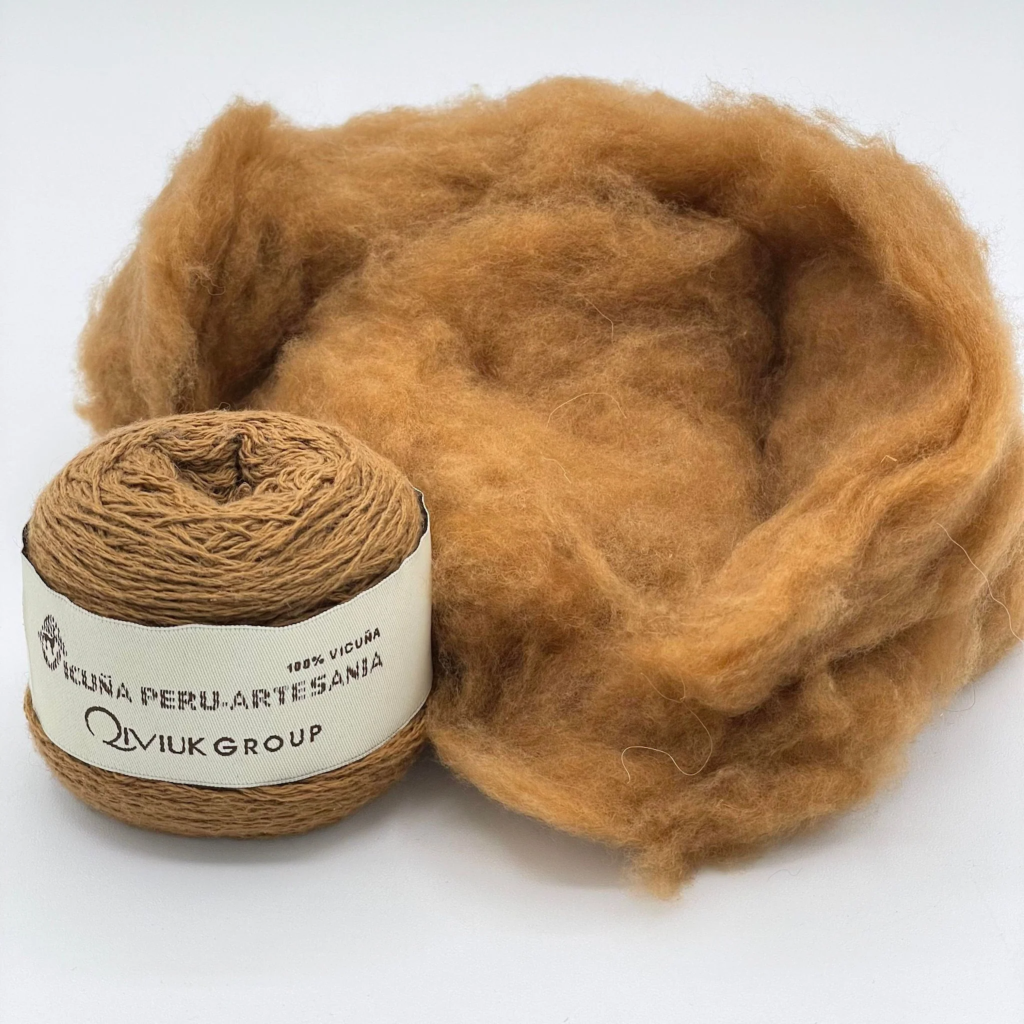
2. Mulberry Silk
The origin of mulberry silk can be traced to China and Japan, where silk farming is ancient. It is smooth and is naturally glossy in texture, which gives a garment a graceful drape. The process of making this silk is also delicate since the silkworms can only feed on mulberry leaves. It is a time-consuming and labor-intensive process that increases the cost. It will be in expensive dresses, bedding and accessories that are high-end and are a symbol of sophistication.

3. Cashmere
Cashmere is a sign of comfort and warmth. It is a product of the undercoat of Cashmere goats in Mongolia and Nepal. The texture is fine, light, and comfortable to the skin. Cashmere is still a luxury since each goat produces a limited quantity of fiber annually. You usually take it in sweaters, shawls, and winter clothes that are comfortable yet very discreet.

4. Shahtoosh
Shahtoosh is a mythical and very limited material derived from Tibetan antelope wool. It is known to be very fine and very soft. This is a rare fiber which was formerly known as the king of wools. Trade and production are now prohibited, however, following the threatened condition of the antelope. It has been traditionally embroidered as a fine scarf and wrap. In the present-day world, authentic works are artifacts in museums that represent luxury and moral consciousness.
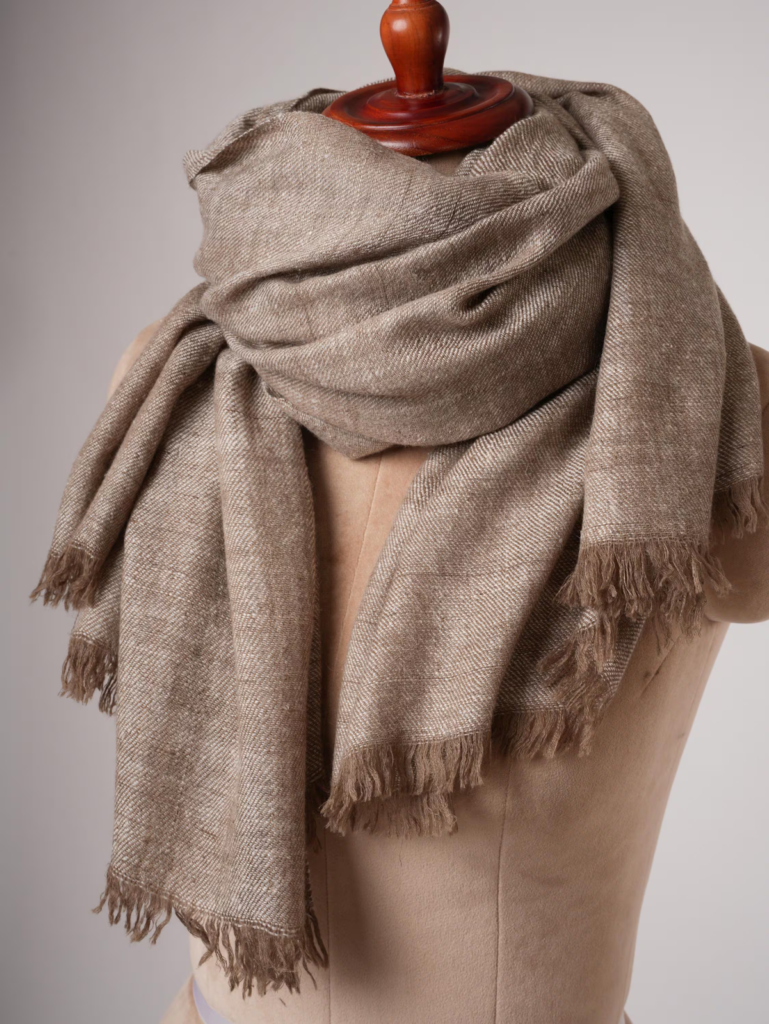
5. Sea Silk (Byssus)
Sea silk or Byssus is a filament of mollusks that grows in the Mediterranean Sea. It has a light, airy texture and a natural golden hue. Even a small production is a tremendous effort and is almost extinct nowadays. Due to its scarcity, it has been preserved primarily in historical fabrics and museum holdings. Even the possession of a strand of sea silk is a possession of a real textile history.

6. Guanaco Wool
Guanaco is a wool that has its origin in South America and is closely connected to vicuña fiber. It is soft and silky and has a natural shine that reflects light perfectly. This fiber is difficult to collect because guanacos are wild animals, and they can only be sheared in controlled conditions. This is because it is priced high due to its limited availability. You will quite frequently find it in the luxurious suits, shawls, and wraps which are valued on account of their warmth and elegance.
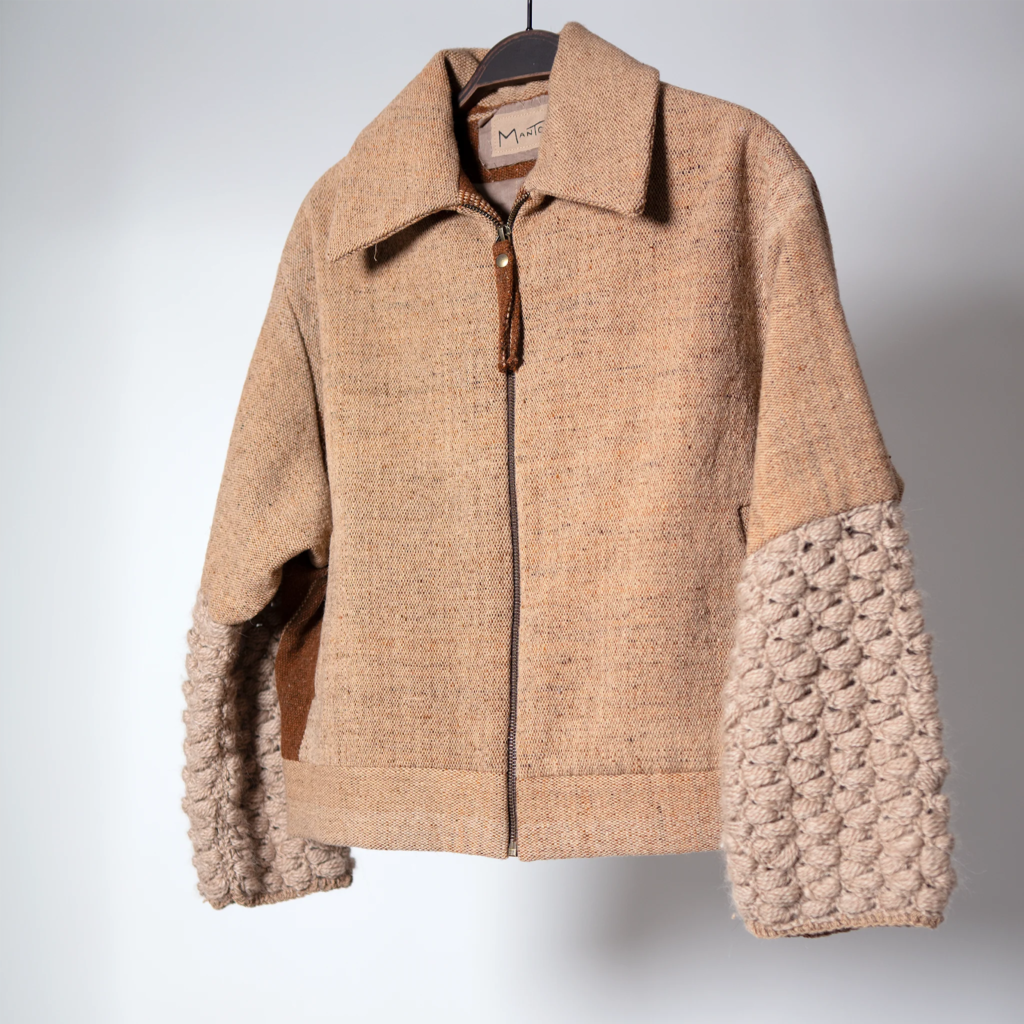
7. Qiviut (Musk Ox Wool)
Qiviut wool is a type of natural fiber that is one of the warmest known to human beings. It is a by-product of musk oxen’s undercoats inhabiting the Arctic regions. It is lighter and a little smoother than cashmere, but more powerful and eight times warmer. Production is low due to the fact that the fiber is harvested manually in the molting season. You select qiviut to get high-end winter clothes that offer both insulation and luxury without being bulky.
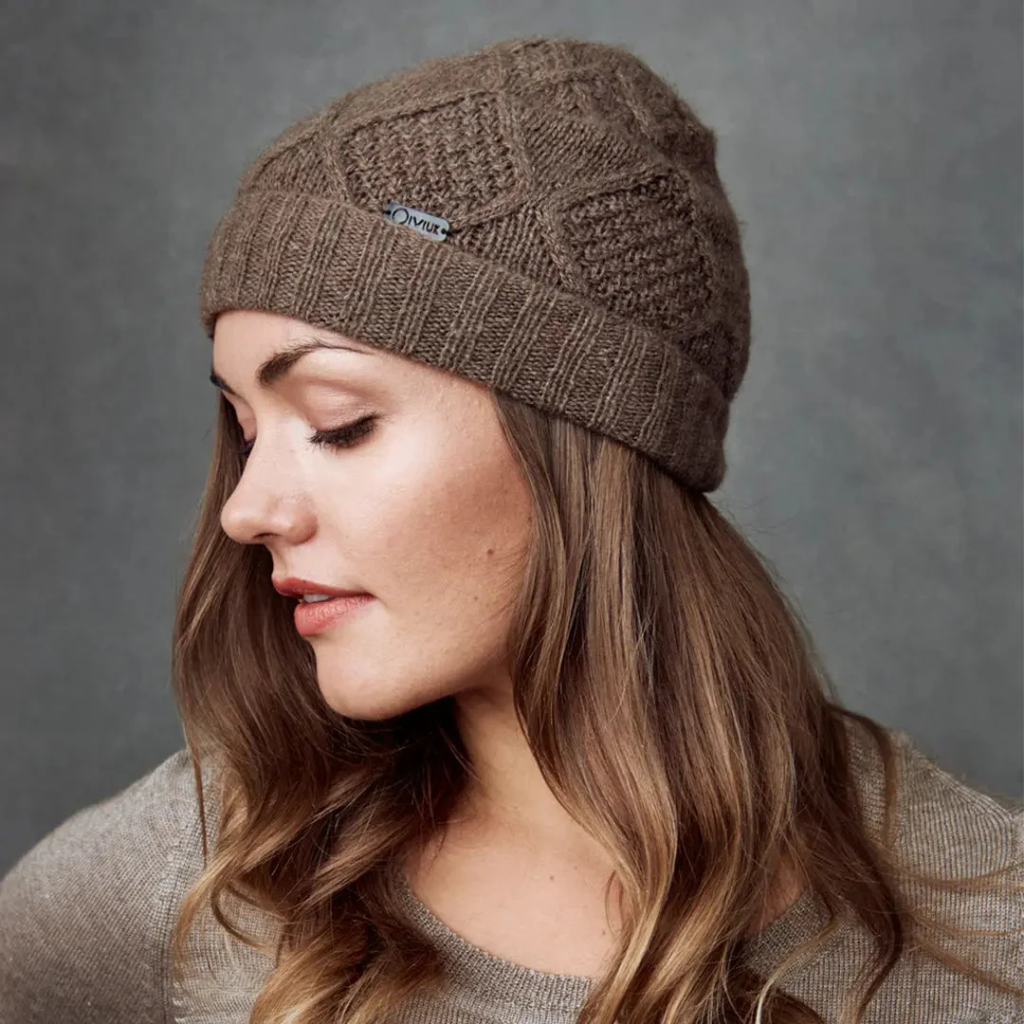
8. Baby Camel Hair
The hairs of baby camels are the soft hairs of the undercoat of young camels in Mongolia and China. The texture is smooth, warm, and of course lustrous. It is precious because a little can be collected at a time. The fine nature of the fiber makes it suitable for custom-made coats and high-quality fabrics. You like its longevity and comfort and like outerwear that is both practical and stylish.

9. Alençon Lace
Alencon lace is a French handwoven masterpiece. It is also called the Queen of Lace and has elaborate designs made by using needlework. The artwork is painted by hand and each work takes weeks or even months to be finished. This artistry is what makes it very expensive. It is frequently found in wedding dresses and high-end fashion, where exquisite beauty and heritage craftsmanship collide.

10. Brocade
Brocade is a highly ornamental fabric that is woven using metallic threads, usually of gold or silver. Its history can be traced in Asia and Europe, where it was worn on royal clothing and ceremonial wear. The texture is thick, patterned and eye-catching. Brocade involves highly skilled weaving and quality silk foundations. You prefer it in costumes, upholstery, and clothing that declare lavishness, custom and splendor.

11. Suvin Cotton
The suvin cotton is a luxurious cotton in India. It contains an extra-long staple fiber, making it have a silky texture. Due to the minimal cultivation and heavy processing requirements, it is small-scale in production. It is made of fabric that is soft, breathable, and smooth, suitable for warm climates. You will see it in quality shirts and good bedding, where the quality and comfort are of the essence.

12. Baby Alpaca
The first shear of young alpacas in Peru and Bolivia is used as baby alpaca fiber. The texture is less solid and smoother than alpaca of the adult alpaca. It is inherently hypoallergenic and possesses a faint luster. The sorting and collection of the baby alpaca wool is time-consuming and needs accuracy and care, which adds to the cost. You opt for scarves, coats and high-end knit-wear that is soft as well as cozy.

13. Egyptian Cotton
The Egyptian cotton is known to be the best in the world in terms of its softness and strength. It is cultivated in the fertile Nile Delta and has long-staple fibers, which result in the weave being tighter and smoother. The selection of every strand is done manually to preserve purity and quality. This cotton is smooth yet lightweight, which suits the warm weather. It is frequently used in high-end linens, high-end shirts, and long-lasting bedding.

14. Organza
Organza is a clear, smooth, crisp fabric and is composed of high-quality silk. It has its roots in China, where it was highly valued due to its construction and gloss. The creation of organza is a complicated weaving process that balances the strength with the transparency. The lightness of the fabric makes it ideal to use in dresses and veils. You frequently use it in evening gowns and bridal dresses, which require elegance and feel.
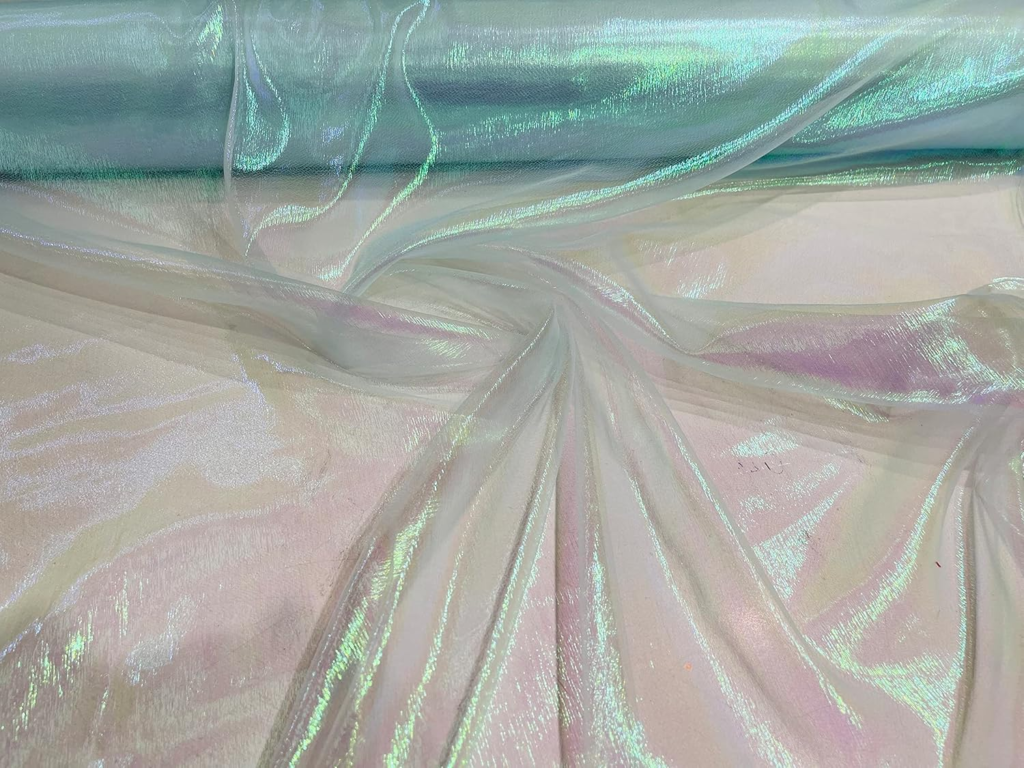
15. Mikado Silk
Mikado silk is a symbol of Japanese superiority in textile design. The material is dense, smooth, and organized, which provides the clothing with a graceful shape. It is made of pure silk only, and special weaving methods are needed to make it durable and shiny. It is a popular choice among bridal gowns and couture due to its fine look. You love Mikado silk because it can be shaped and retained and has a smooth and radiant texture.
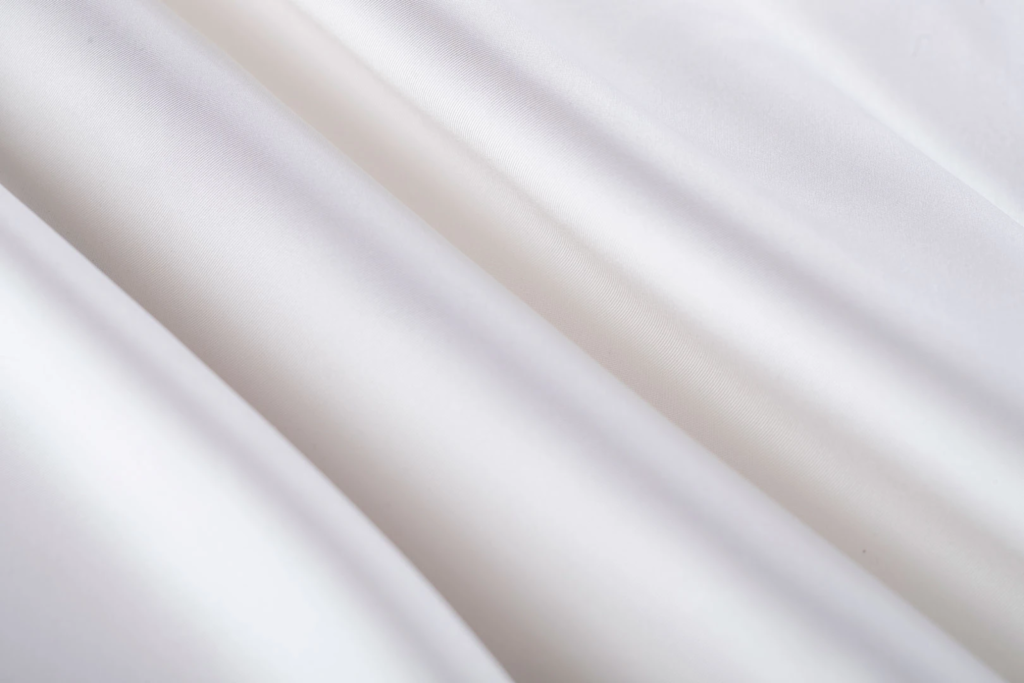
Comparison Table of Expensive Fabrics
| Fabric Name | Origin | Texture/Feel | Average Cost (per yard) | Common Uses |
| Vicuña Wool | Peru | Soft, fine, warm | $2,000–$3,000 | Coats, scarves |
| Mulberry Silk | China | Smooth, glossy | $100–$150 | Dresses, bedding |
| Cashmere | Mongolia | Warm, fine | $80–$120 | Sweaters, shawls |
| Shahtoosh | Tibet | Ultra-soft | $20,000+ (illegal) | Scarves |
| Sea Silk | Mediterranean | Golden, light | $1,500–$2,500 | Museum textiles |
| Guanaco Wool | Chile | Silky, soft | $500–$700 | Suits |
| Qiviut | Alaska | Fine, warm | $400–$600 | Winter wear |
| Baby Camel Hair | Mongolia | Smooth, warm | $250–$350 | Coats |
| Alençon Lace | France | Intricate, delicate | $200–$500 | Bridal dresses |
| Brocade | Asia | Metallic, rich | $150–$300 | Costumes |
| Suvin Cotton | India | Silky, strong | $60–$100 | Shirts |
| Baby Alpaca | Peru | Soft, light | $150–$200 | Scarves |
| Egyptian Cotton | Egypt | Smooth, durable | $50–$90 | Linens |
| Organza | China | Crisp, sheer | $70–$120 | Gowns |
| Mikado Silk | Japan | Glossy, thick | $120–$250 | Bridal wear |
The Role of Technology in the Manufacturing of Expensive Fabrics
The role of technology in the production of luxury fabrics is crucial nowadays. You find innovation that enhances the quality of fibers and precision of weaving at each level. Computer-aided looms produce a perfect pattern with a consistent tension and design precision. Premium fabrics are added with detailed color and texture using digital textile printing. You also see technology saving ancient weaving with automated precision instruments. Sustainability technology cuts waste and power in premium fabric production. These innovations allow you to experience the luxury of the ages with the efficiency of modernity and the environmentally friendly artisanship merged in harmony.
How to Care for Costly Fabrics
Expensive fabrics require additional attention to maintain their quality. Delicate pieces should always be washed by hand with mild detergents to avoid damaging the fiber. Do not dry them using machines, leave them to dry naturally in the shade. Keep clothes in breathable bags so that they can get air and not fade. Always have cedar blocks to cover natural fibers against moths. Frequent cleaning, light brushing, and correct folding can be used to preserve texture. Kept in proper storage after cleaning, your luxury fabrics retain their softness, structure and elegance over many years.
Conclusion
Luxury or expensive fabrics will forever be an icon of prestige and high-quality workmanship. You can see how a scarce, talented, and culturally diverse background makes them special. All materials embody the generations of craft and uphold the past and the glory. Silk and vicuña are just some of the stories about the dedication and beauty of these textiles. When you appreciate such clothes, you appreciate creativity and heritage. Luxury is not just about the price but also about the craftsmanship of a single exquisite thread.
At sjzfabric, we specialize in providing high-quality fabrics that blend luxury with affordability. While we may not stock the rarest exotics, our collection includes premium silks, wools, and blends that capture the essence of opulence for everyday use.
